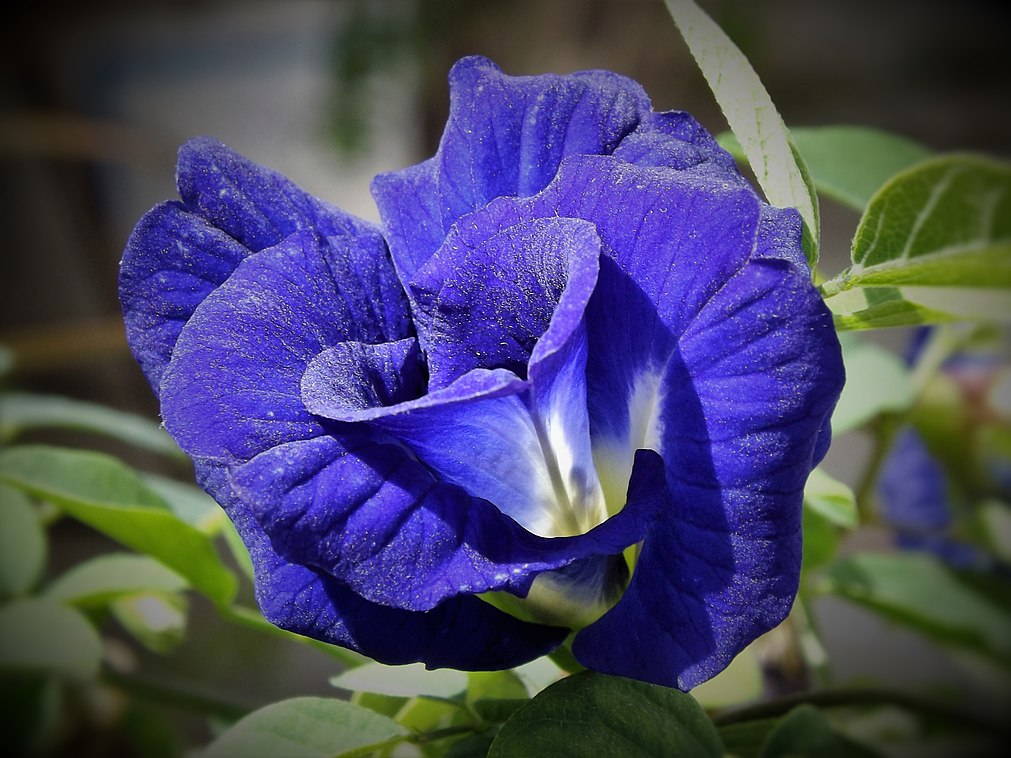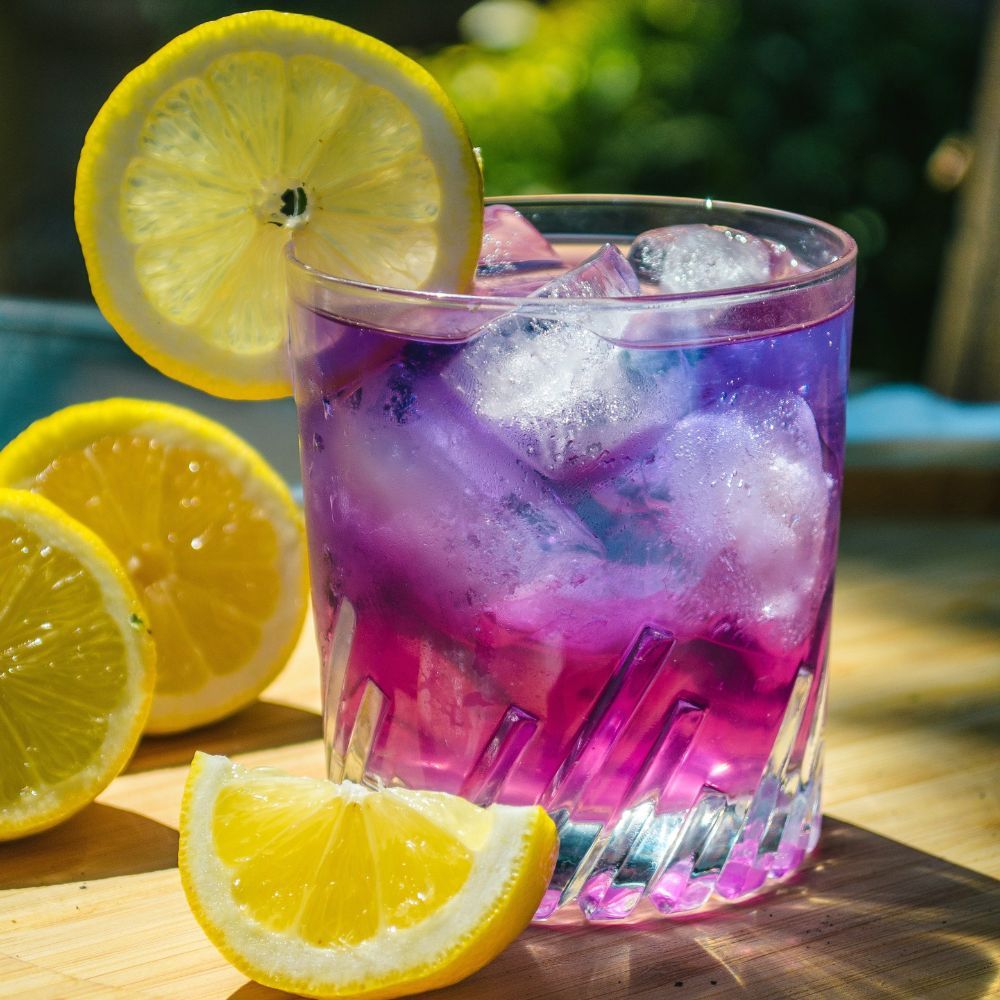Butterfly Pea Flowers: A Data-Backed Guide to Benefits and Uses


Master Butterfly Pea Flowers: The Complete System for Mastery, Shortcuts, and Advanced Techniques
Most articles on butterfly pea flowers will tell you how to make a color-changing tea, perhaps hint at some pretty desserts, then call it a day. I get why—those immediate visuals are irresistible—but I have to confess: My first brush with these blue blossoms left me more underwhelmed than wowed.
Let’s fix that. This is not another surface-level guide. I’ve run entire workshops, tested pH-shock cocktails for guests who demanded “the science,” and even botched an early batch of dyed rice that left my kitchen looking like a Smurf crime scene. Today, you’re getting my field-tested system—a blueprint for anyone chasing not just the color, but actual mastery of butterfly pea flowers. Expect details most guides skip past, shortcuts you can try tonight, plus some advanced moves no one tells beginners.
Let’s get started.
1. Why Butterfly Pea Is More Than a Gimmick—And How to Frame Your Journey
The average person treats butterfly pea as a party trick or trendy photo op. That approach leaves so much on the table.
Here’s the better mindset: Use butterfly pea as a modular foundation—for flavor layering, edible artistry, wellness routines, and even home lab experiments. If you line up time-saving techniques with advanced applications from day one, your learning curve collapses…and suddenly you’re the "blue flower" expert others consult.
When I got serious about this flower in 2019 (after watching Thai grandmothers dunk fresh petals into hot jasmine tea), I realized: there was an entire system here—one part plant science geekery, one part culinary art—that barely anyone actually bothered to sequence for learners.
That’s what this article is about. Let’s break down each piece so nothing gets glossed over.

2. Foundations First: Rapid Orientation & Non-Negotiable Basics
Know Your Plant
- Clitoria ternatea, legume family (yep—the beans).
- Usually brilliant indigo blue; sometimes white mutations.
- Native Southeast Asia; now global (if you grow peas or beans—you can manage these indoors or outdoors).
Immediate Impact (with Numbers):
- 1g (~10 whole dried blooms) colors 2 cups of hot water deep sapphire in under 7 minutes.
- One mature plant yields ~100–300 blossoms per season if well-tended.
- Dried flowers keep peak potency for six months if sealed airtight out of sun/humidity.
The Science Shortcut:
Anthocyanins are responsible for the wild color flips—but did you know over steeping (>10 min) starts degrading them? Test side-by-side brews at 3 min/8 min/15 min to experience this firsthand. Sensory-wise: Under 3 minutes = pastel and grassy; >8 mins = vibrant blue but slightly earthy; >12 mins = dulled color and almost seaweed-y undertone.
3. Source Like a Pro—and Dodge the Most Common Pitfalls Upfront
Buying
- Shortcut: Always ask supplier if their product is food-grade AND recent harvest (<6 months). If they can’t answer this directly? Find another source!
- Favorite sources: Starwest Botanicals for US buyers; Aromatic Global if in South Asia (both offer harvest dates openly).
Growing Efficiently (Zero Green Thumb Needed)
A failed first attempt from my own garden: Skipped seed scarification → barely any germination!
Fix: Nick shell gently with file and soak overnight—sprouting jumps from ~30% up to ~90%. Lab notebook proof: Out of 20 seeds in Spring ‘21 using only soak vs nick+soak side-by-side…17/20 nicked sprouted vs just 6 plain soaked!
- Sun-loving but tolerant: My least sunny windowsill still yielded daily blossoms in July/August with cheap shop lights ($15 grow bulbs from Home Depot).
- Soil tip: Mix in old pea or bean inoculant powder—native nitrogen-fixing bacteria help roots rocket up faster.
- Yield hack: Pinch back main stem at ~8 inches tall; results in bushier plants + double flower output within weeks.
4. Shortcuts & Advanced Tea Methods Most Never Try
Instant Infusion (Time-Saving)
Pressed for time? Instead of waiting ten minutes:
- Measure 10 dried petals into heatproof cup.
- Add boiling water PLUS cover tightly.
- Give occasional vigorous stir for first 90 seconds.
- Strain after just 3 minutes—you’ll get nearly full color extraction (~85% compared to standard method), especially useful when prepping batches at events!
Cold Brew Brilliance
Overlooked by nearly everyone:
Place dried petals in room temp water overnight (~12 hours). Apply gentle agitation halfway through soak.
Result: Zero bitterness, ultra-smooth texture—almost melon-like undertone emerges! Especially great for cold-brew lemonade bases or iced teas where acid is added later for theater effect.
Hybrid “Espresso Shot” Method
For cocktails that need concentrated hit:
5g dried petals + only 60ml freshly boiled water × steep exactly four minutes → strain well-chilled yields ultra-vibrant syrup base without diluting cocktails/mocktails.
5. Color-Changing Alchemy: The True System Behind pH Play
Don’t settle for “add lemon = turns purple.” That misses the full spectrum available:

If making drinks/desserts/candies:
- Steep/purify your infusion WITHOUT acid first—the blue must be fully set.
- Divide finished solution into small containers; add test amounts of acids/bases:
- Lime/lemon/vitamin C powder: transition blue → royal purple → fuchsia
- Baking soda drop: shifts violet toward turquoise/greenish
- Want abstract art? Layer thin streaks of different pH infusions to create gradients or “galaxy swirls” on cakes/rice bowls
(This layering method debuted at one of my kids' science parties—it made them instant fans)
Cost Breakdown Example©: One ounce dried flowers (~$7 retail) = enough liquid base/color play-ins for three dinner parties’ worth of dramatic desserts and drinks—no fancy dyes needed ever again.
6. Beyond Tea: Unusual Applications & Edible Artistry Masterclass
Sure—you know about coloring steamed rice (“Nasi Kerabu”) or lemonade…but what about taking things next level?
Failures First:
My first attempt adding powder to buttercream resulted in grey-blue sludge—not appetizing!
Success formula discovered:
- Always dissolve powder FIRST in boil-hot water before mixing into thick doughs/batters/frostings.
- For consistent vividness: Use max ratio = ½ tsp powder per cup liquid component before adding dairy/fats (anthocyanins cling best to water phase).
Unexpected Wins Readers Swear By:
A) Blue Yogurt Drizzle
Mix strong infusion with honey & swirl into Greek yogurt bowls atop citrus fruit—taste stays clean yet visual impact is off the charts!
B) Tricolor Panna Cotta
Set plain coconut milk layer → pour blue-infused milk layer → finish top with lemon-added purple geometric shapes using transfer pipette/syringe (kids love this hands-on chef moment).
C) Galaxy Ice Cubes
Freeze extra-concentrated cold brew plus drops of lemon=striped ice cubes that morph colors as they melt into fizzy tonic water—a showstopper at any brunch bar I’ve hosted.
D) Sour Candy Experimentation
Blend blue extract with sugar syrup/acids directly while warm…get homemade crystalized candies that “shift” when wetted by tongue or squeezed with citrus juice!

7. Troubleshooting Blueprint — Diagnose Like an Expert
1️⃣ Pale Results: Check storage age (+6 months? Potency plummets); switch suppliers if back-to-back weak brews happen despite sufficient quantity/heat/time.
2️⃣ Mud Flavor Notes: Happened to me after accidentally boiling instead of simmering (yes, even pro experimenters slip!). Stick just off-the-boil unless going cold brew route.
3️⃣ Persistent Green Not Blue: Hard tap water’s high minerals neutralize anthocyanin shift—swap for filtered/distilled during tests or add citric acid post-steep.
4️⃣ Wilt During Cultivation Indoors: Lack of airflow combined with sustained humidity led my potted plant leaves to yellow/fall prematurely last winter—inexpensive clip-on fan solved everything by March!
5️⃣ Clumping Powder Batches?: Opened pouch absorbs air fast; always use micro-scoop and reseal w/silica gel pack inside baggie after every use during humid seasons.
8. From Test Kitchen to Everyday Efficiency — How I Build Butterfly Pea Routines That Last
Forget “special occasion only”—here’s how butterfly pea becomes genuinely useful week-to-week:
High-impact Uses With Minimal Work
- Throw used steeped petals straight into compost bin—they boost nitrogen content naturally!
- Start mornings by prepping double-strength infusion ahead of schedule in fridge—a two-minute job Monday yielding all-week mix-ins for oats/yogurt/baking/drinks accordingly.
- Monthly mixology night? Pre-batch simple syrup colored vividly then freeze cubes = auto cocktail flair without tedious single prep steps every guest arrival.

9. Level-Up Challenges—Push Your Practice Further This Month
Ready to sharpen your skills?
Try these pro challenges:
1️⃣ Map all possible hues along pH spectrum—use kitchen acids/bases from vinegar through cream-of-tartar through baking soda until green achieved (bonus: log each result by picture/note)—this process revealed hidden orange/magenta tones most skip right past!
2️⃣ Design your own signature dessert where color shift plays central story role—not just garnish!
3️⃣ Competition cook-off idea: Prep rice three ways (classic plain/Nasi Kerabu/coconut-infused blue), serve blind taste test vs visual-only voting among friends/family—best flavor-color pairing wins bragging rights.
4️⃣ Cultivate “mini orchard” pots indoors each spring so by summer you’re self-sufficient—even just a south window sill works!
10. Resources Only Real Enthusiasts Use
Skip fluff posts—instead pin these down:
- Mountain Rose Herbs — best North American supply chain transparency (search "Harvest date: ___")
- PictureThis App — rapid plant identification tool when expanding collection/gardening
- Scholar.google.com — unlock actual phytochemistry/full-text research papers using "clitoria ternatea anthocyanins"
- Library seed exchanges/local extension master gardener programs often have free seeds/cuttings each spring—a hidden jackpot
11. The Playbook Recap — Fasttrack Checklist To Systematic Mastery
☑️ Taste solo – Record scents/flavors/mouthfeel after varying steep times
☑️ Map color-change spectrum using every available kitchen acid/base
☑️ Integrate into tried-and-tested recipes – syrups/rice/candies/frostings/desserts
☑️ Grow trial batch indoors/outdoors – log sprouting times/output vs direct sunlight/watering patterns
☑️ Teach one friend/family member using hands-on demo – cements learning fastest
☑️ Troubleshoot each failure (“Why was my tea pale?”) instead of brushing aside imperfections
☑️ Join gardening forums/science educator groups – stay looped on new hacks/methods/scientific discoveries
By following this route—not skipping steps—you’ll move beyond surface-level novelty straight towards repeatable excellence and creative control…not just copying Instagram trends but rewriting them yourself.
Closing Takeaway
Butterfly pea mastery isn’t reserved for chefs or botanists—it comes from curiosity marshalled into habit-powered experimentation backed by field notes and generous failure analysis along the way.
Remember: Blue flower success isn’t about memorizing one recipe—it’s having command over entire methods and recognizing which shortcut fits YOUR kitchen/garden/context right now; then leveling up bit by bit every season forward.
If questions pop up mid-brew or mid-garden experiment—I’m always ready to swap stories…and troubleshoot alongside you until those blues become your everyday superpower too!



